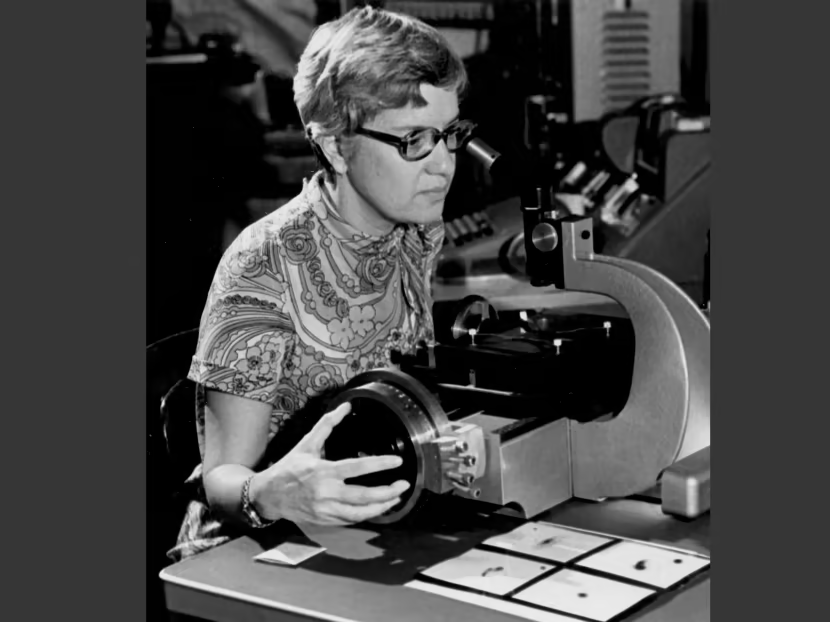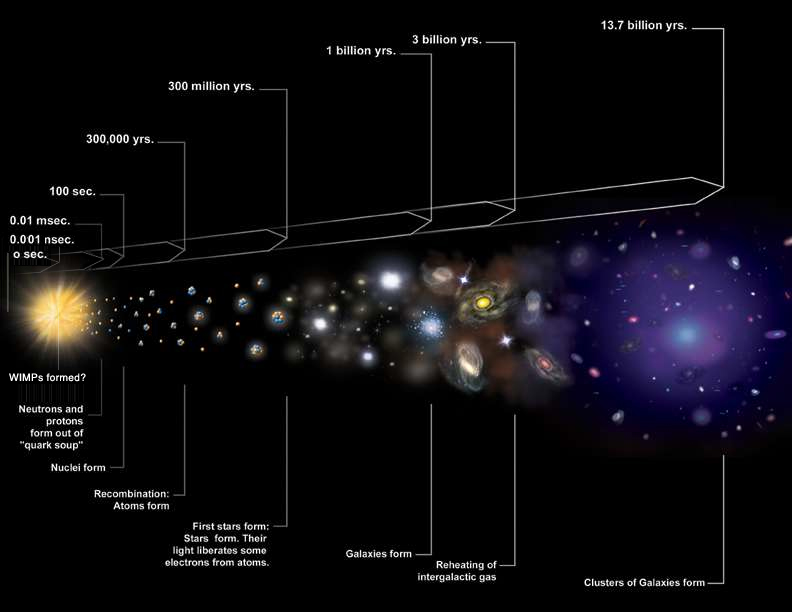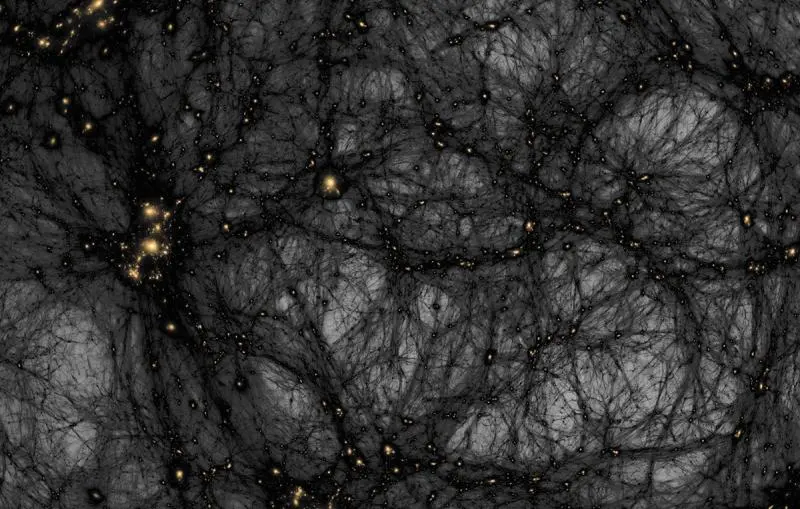Imagine you're sitting in your basement. It's quiet. Too quiet. But 2 kilometers below the Earth's crust, some scientist is doing the sameexcept they're not watching Netflix; they're waiting for a dark matter particle to blink. Or sneeze. Or maybe dance. Anything. Welcome to the wonderfully eerie world of dark matter detection.
A Brief Cosmic History of Dark Matter
Back in the 1930s, Swiss astronomer Fritz Zwicky looked at galaxies in the Coma Cluster and thought, "Hmm, these guys are moving way too fast to be held together by visible matter. Something's fishy." He called it "dunkle Materie"dark matter. It didn't catch on right away. Fast forward to the 1970s, Vera Rubin noticed spiral galaxies weren't behaving either. Their rotation curves were... flat. Cue the spooky music: dark matter was back in fashion.

Fritz Zwicky

Vera Rubin
So... What Is It?
We don't know. But we do know what it isn't: not stars, not planets, not cute little neutrinos (they're too fast), not black holes (at least not all of it). Whatever it is, it doesn't interact with light, doesn't clump the way visible matter does, but it tugs on gravity like it's collecting cosmic loyalty points.
More Detection Frontiers
Enter the lab coats. Modern experiments have names that sound like discontinued Pokémon: XENONnT, LUX-ZEPLIN, ADMX, and DAMIC-M. They're buried underground to avoid noisy cosmic rays. These detectors are cooled, shielded, and more sensitive than your overly dramatic ex. If a dark matter particle sneezes on a xenon nucleus, we'll (hopefully) catch it.
- LUX-ZEPLIN: WIMP-hunting in South Dakota's former gold mine. (No WIMPs, just hopes.)
- ADMX: Hunting axions, hypothetical particles that may turn into photons in magnetic fields. Yes, it's as sci-fi as it sounds.
- HeLIUM experiments: Superfluid helium might be the soft landing zone where dark matter shows itself by vibrating the liquid.
- SABRE: An Australian-Italian dark matter detective project. Still working on it. They brought pasta. That's good.

Credit: Matthew Kapust, Sanford Underground Research Facility
What Happens If We Do Detect It?
Well, first there will be champagne. Then Nobel prizes. Then rewriting physics textbooks with glitter pens. We'd finally know what 85% of the universe's mass is. It could open doors to new particles, forces, and possibly even dimensions.
Theoretical Wildcards
Some physicists say dark matter might not be particles at allit could be signs that our understanding of gravity is wrong (Modified Newtonian Dynamics, or MOND). Others pitch exotic ideas like dark photons, mirror matter, or Q-balls (which sound like something from Dragon Ball Z, honestly).
The Formula Zone (Now with 99% More Nerd)
Warning: The following formulas may cause excitement, confusion, and sudden flashes of genius. Do not attempt without caffeine. If math-related hallucinations occur, consult your local physicist.
1. Jeans Instability
Named after Sir James Jeans, this tells us when a gas cloud collapses under gravity. Dark matter, being pressureless, helps gravity win:
2. Galaxy Rotation Curves
Vera Rubin observed that galaxy edges spin too fast. If visible mass was all there was, speed should drop off. But it doesn't:
3. WIMP Interaction Rate
Detecting WIMPs involves calculating their interaction rate. Smaller cross-section means rarer interaction:
4. Axion Conversion
Pierre Sikivie's idea: Axions turn into photons in magnetic fields via the Primakoff effect:
Conclusion
Dark matter is the ultimate cosmic wallflower: unseen, unheard, but gravitationally pulling all the strings at the party. While we still don't know what it is, the world's finest minds are chasing itunderground, underwater, and even into space. Whether it's WIMPs, axions, or some entirely new idea, one thing's for sure: the hunt is heating up.
The true identity of dark matter? Still a cosmic mystery. What we do know is that it’s not made of the usual suspectsno protons, no neutrons, no baryonic business. The leading theory is that dark matter is made of bizarre, exotic particles that popped into existence when the universe was just a babylike, milliseconds-old baby. These particles aren’t part of the Standard Model (which clearly needs an upgrade), but contenders include WIMPs (weakly interacting massive particles), axions (tiny, shy particles with big theoretical dreams), or sterile neutrinos (neutrinos that don’t even like to party with other neutrinos).

Credit: NASA/CXC/M.Weiss
And if you're reading this in 2073 and we've found it... you're welcome. And if we haven't... well, check under the couch cushions again.
